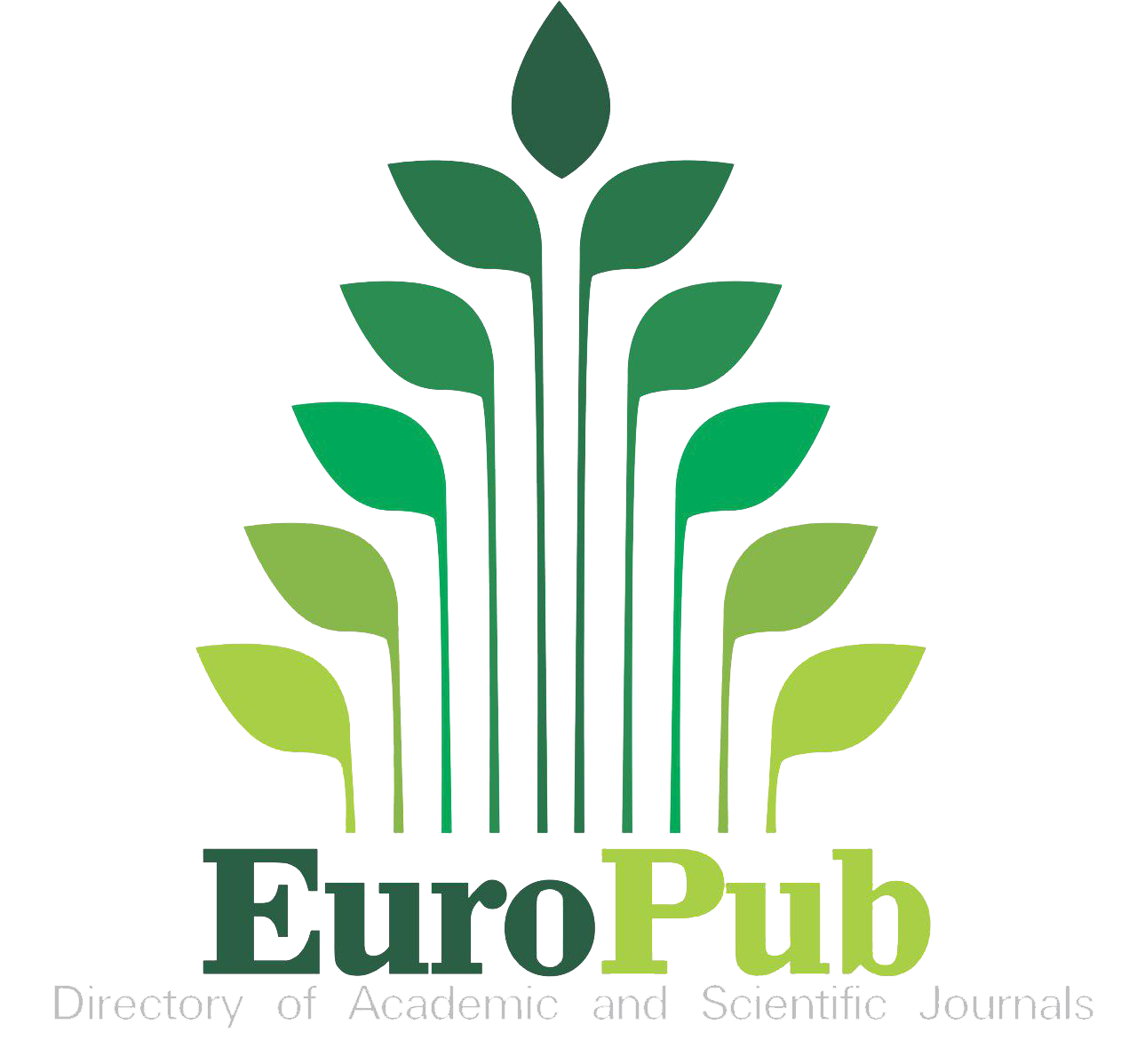Desarrollo de un producto tipo papilla utilizando malanga (Xanthosoma sagittifolium) como materia prima
DOI:
https://doi.org/10.5281/zenodo.14601900Palabras clave:
Xanthosoma sagittifolium, malanga, producto similar a la papilla, caracterización físico-química, almacenamientoResumen
Se desarrollaron dos formulaciones de un producto agroindustrial similar a la papilla utilizando como materia prima la malanga (Xanthosoma sagittifolium), definiendo un proceso tecnológico que permita elaborar a nivel artesanal un producto de buena calidad y aceptación con una adecuada estabilidad durante su almacenamiento. Se realizó un estudio de mercado con 300 consumidores para estimar su preferencia y actitud de compra del producto, siendo los mayores de 20 años quienes adquirirían el producto. Ambas formulaciones de la malanga cumplieron con las especificaciones sanitarias y fisicoquímicas establecidas para este tipo de producto. No se encontró diferencia significativa (p ≤ 0.05) en la preferencia de los consumidores, independientemente de los grupos de edad, para una de las formulaciones, mientras que la otra formulación fue preferida (p ≤ 0.05) por las personas entre 66 y 75 años. La principal vía de deterioro encontrada en ambas formulaciones durante su almacenamiento estuvo relacionada con la acidificación asociada al crecimiento microbiano.
Descargas
Referencias
Aráuz, J.C., & Ñurinda, J.M. (2009). Aprovechamiento del tubérculo Malanga (Xanthosoma sagittifolium) como materia prima para el desarrollo de un nuevo producto agroindustrial tipo Snacks, en el período de Julio 2008 - Julio 2009. Universidad Centro Americana, Nicaragua. https://bit.ly/4iq3GaJ
Association of Official Analytical Chemists (AOAC). (2016). Official Methods of Analysis of Association of AOAC International. 18th Ed. Edits. Horwitz W, Latimer GW, Jr. Maryland, USA.
Castellion, G., & Markham, S.K. (2012). Perspective: New Product Failure Rates: Influence of Argumentum ad Populumand Self-Interest. Journal of Product Innovation Management, 30(5), 976-979. https://doi.org/10.1111/j.1540-5885.2012.01009.x
Damasio, M., & Costell, E. (1991). Análisis Sensorial Descriptivo. Generación de descriptores y selección de catadores. Revista de Agroquímica y Tecnología de Alimentos, 2, 165-77.
Dass, R.S., Anand, K.R., Saha, D., Dhinakar, J.E., Thorat, P. (2022). Polysaccharides of Biomedical Importance from Genetically Modified Microorganisms. In: Oliveira, J.M., Radhouani, H., Reis, R.L. (eds) Polysaccharides of Microbial Origin. Springer, Cham. https://doi.org/10.1007/978-3-030-42215-8_38
Edwards-Schachter, M. (2018). The nature and variety of innovation. International Journal of Innovation Studies, 2(2), 65-79. https://doi.org/10.1016/j.ijis.2018.08.004
Fahrig, L. (2020). Why do several small patches hold more species than few large patches? Global Ecol Biogeogr, 29, 615-628. https://doi.org/10.1111/geb.13059
Fennema, O.R. (2021). Química de los alimentos. 4ª edn. Acribia, S.A. Zaragoza, España. 1280 pp.
Geng, L., Liu, K., & Zhang, H. (2023). Lipid oxidation in foods and its implications on proteins. Frontiers in Nutrition, 10, 1192199. https://doi.org/10.3389/fnut.2023.1192199
ISO 11035. (1994). Sensory analysis. Identification and selection of descriptors for establishing a sensory profile by a multidimensional approach.
ISO 1842. (1991). Fruits and vegetables. Determination of pH.
ISO 2173. (2003). Fruit and vegetable products. Determination of soluble solids. Refractometric method.
ISO 750. (1998). Fruit and vegetable products. Determination of titratable acidity.
Kchaou, H., Benbettaieb, N., Jridi, M., Nasri, M., & Debeaufort, F. (2019). Influence of Maillard reaction and temperature on functional, structure and bioactive properties of fish gelatin films. Food Hydrocolloids, 97, 105196. https://doi.org/10.1016/j.foodhyd.2019.105196ff
NC 362. (2004). Alimentos infantiles. Purés, compotas o colados y postres. Especificaciones. Cuba.
NC 585. (2013). Contaminantes microbiológicos en alimentos. Requisitos sanitarios. Cuba.
NC ISO 4832. (2002). Microbiología de alimentos de consumo humano y animal. Guía general para la enumeración de coliformes. Técnica de placa vertida. Cuba.
NC ISO 4833. (2002). Microbiología de alimentos de consumo humano y animal. Guía general para la enumeración de microorganismos. Técnica de placa vertida a 30 °C. Cuba.
NC ISO 7954. (2022). Microbiología de alimentos de consumo humano y animal. Guía general para la enumeración de levaduras y mohos. Técnica de placa vertida a 25 °C. Cuba.
Pascucci, F., Savelli, E. & Gistri, G. (2023). How digital technologies reshape marketing: evidence from a qualitative investigation. Italian Journal of Marketing, 2023, 27-58. https://doi.org/10.1007/s43039-023-00063-6
Sidel, J.L., Bleibaum, R.N., & Clara Tao KW. (2018). Quantitative Descriptive Analysis. In: Kemp SE, Hort. J., Hollowood T. (Eds.). John Wiley & Sons Ltd. https://doi.org/10.1002/9781118991657.ch8
Tetlow, I.J., & Bertoft, E. (2020). A Review of Starch Biosynthesis in Relation to the Building Block-Backbone Model. International Journal of Molecular Sciences, 21(19), 7011. https://doi.org/10.3390/ijms21197011
Wada, E., Feyissa, T., & Tesfaye, K. (2019). Proximate, Mineral and Antinutrient Contents of Cocoyam (Xanthosoma sagittifolium L.) Schott) from Ethiopia. International Journal of Food Science, 2019, 8965476. https://doi.org/10.1155/2019/8965476
Publicado
Declaración de disponibilidad de datos
Los conjuntos de datos utilizados y/o analizados durante el presente estudio están disponibles del autor correspondiente previa solicitud razonable.
Número
Sección
Licencia
Derechos de autor 2025 Mario A. García, Alicia Lett, Erwin Henry, Sheryl Johnson, Camille St. Louis (Autor/a)

Esta obra está bajo una licencia internacional Creative Commons Atribución-NoComercial-CompartirIgual 4.0.




































